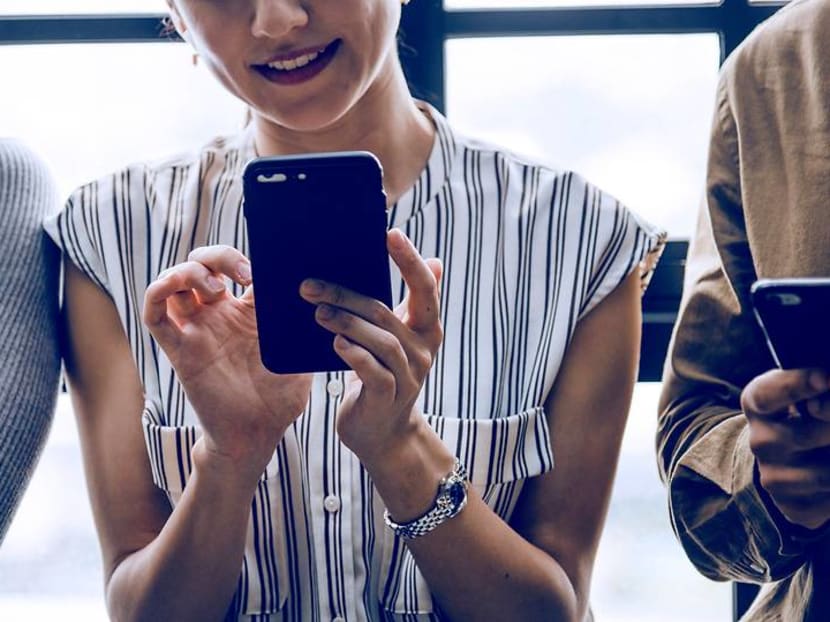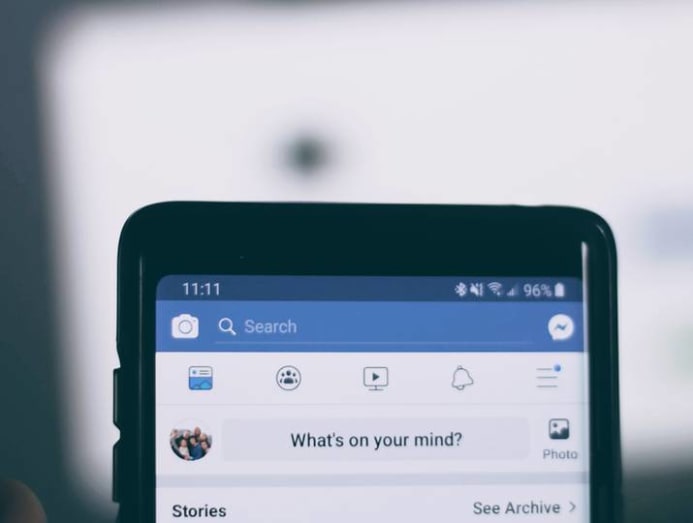commentary Commentary
Commentary: Six signs of problematic smartphone usage common in children, young adults
A quarter of children and young people show signs of problematic smartphone usage, say two experts.

(Photo: Unsplash/rawpixel)
LONDON: Love them or hate them, smartphones have become ubiquitous in everyday life. And while they have many positive uses, people remain concerned about the potential negative harms of excessively using them – especially in children and teens.
In 2018, a whopping 95 per cent of 16 to 24-year-olds owned a smartphone, up from only 29 per cent in 2008.
However, alongside this increase in smartphone use, studies have also shown mental health has become worse in this age group.
ONE IN FOUR YOUTHS HAVE PROBLEMATIC SMARTPHONE USAGE
We conducted the first ever systematic review investigating what we called “problematic smartphone usage” in children and young people.
We defined problematic smartphone usage as behaviours linked to smartphone use that resemble features of addiction – such as feeling panicky when the phone isn’t available, or spending too much time using the smartphone, often to the detriment of others.
READ: Commentary: Digital stress - why it's time to change your relationship with your phone
Based on our findings, we estimate that a quarter of children and young people show signs of problematic smartphone usage.
While numerous large-scale studies have found there’s no link between the amount you use your smartphone and harm to your mental health, the popular perception that smartphones are addictive still persists.

Previous studies investigating their harm often had contradictory conclusions. This is partly because many studies lumped all technology use together under the umbrella term “screen time”.
This overlooks the fact that harm often comes from the way we interact with technology, not from screens themselves. For example, watching TV is very different to experiencing cyberbullying on Facebook.
READ: Commentary: Teenagers need help to deal with cyber flashing and online harassment
Other studies often only measured the total length of time spent in front of a screen, instead of perhaps looking at what effect engaging with certain apps or websites had on people.
WHAT PROBLEMATIC SMARTPHONE USAGE LOOKS LIKE
For our study, we decided to use a different approach. We decided to analyse other studies which had investigated smartphone use in children and young people, looking for findings that reported instances of behavioural addiction to smartphones – and how common this was in children and young people.
We analysed 41 different studies published in Asia, Europe and North America since 2011. In total, we looked at almost 42,000 children and young people between the ages of 11 and 24 – though most studies typically looked at young people in their early 20s.
However, because each of the studies looked at different individual features of a behavioural addiction, we decided to use the umbrella term “problematic smartphone usage” to describe all instances where these features occurred.

Most questionnaires agreed that the central features of a behavioural addiction include:
- Having an intense urge to use your phone;
- Spending more time on it than you first intended to;
- Feeling panicked if it runs out of battery;
- Neglecting other more important things to use it;
- Having other people complain about how much someone used their phone;
- Continuing to use it despite knowing how much it affected other areas of your life, including sleep or school work.
In order for a young person to be defined as exhibiting problematic smartphone usage, they had to exhibit at least two of these features.
READ: Commentary: Should you get your teenager a smartphone for Christmas?
After looking at all of the studies, we found that between 10 per cent and 30 per cent of children and young people exhibited problematic smartphone use.
Although studies used different self-report questionnaires, most defined addiction not by the length of time they spent using their smartphone, but by what are known as “domains”. These are certain patterns that indicate addiction, such as experiencing withdrawal symptoms when their phone is taken away.
SMARTPHONE ADDICTION AND MENTAL HEALTH
Studies looking at the effect that smartphone use had on mental health found participants in the “addicted” range were more likely to report symptoms of depression, anxiety and problems with sleep.
However, most of the studies we looked at measured addiction and mental health at the same time – making it unclear if smartphone addiction causes mental health issues, or vice versa.

Most studies did show a consistent link with smartphone addiction and mental health.
For example, six of seven studies on sleep found that children and young people who exhibited problematic smartphone use had poorer sleep. This was also the case for problematic smartphone usage and experiencing higher levels of anxiety, stress, and depressive symptoms.
However, the evidence from these studies on mental health had varying degrees of reliability because responses were from self-report questionnaires, as opposed to formal clinical diagnoses. This meant there was a possibility of participants over or under-exaggerating their experiences.
READ: Commentary: Alone together? How smartphones have changed family time
Before we can say whether problematic smartphone usage is actually smartphone addiction, we would need to show that a person’s pattern of use is consistently dysfunctional – and that the health harms are significantly worse when compared to regular smartphone use.
But until there’s more research, we can’t say that smartphone addiction is a condition – and it’s premature to call for clinics to be opened to treat sufferers.
While future research is needed, the current findings do show that problematic smartphone usage is common, and likely to be linked to poorer mental health in children and young people.
Ben Carter is a senior lecturer in King’s College London. Nicola Kalk is a clinical lecturer in the same university. This article first appeared on The Conversation.






